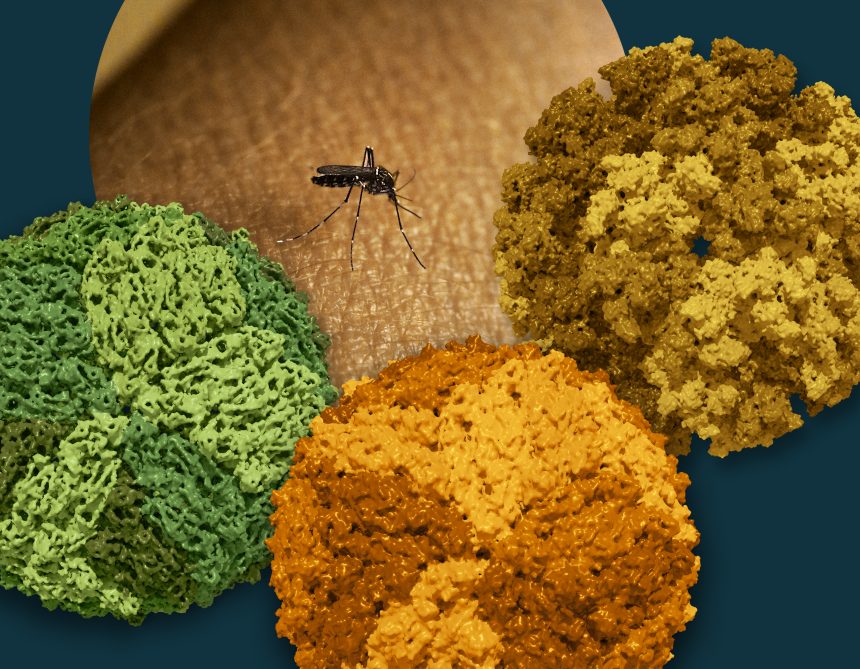Outbreak Overview in Guangdong Province
As of August 5, 2025, China has confirmed more than 7,000 cases of chikungunya virus infection, concentrated mainly in Foshan, a city in Guangdong Province near Hong Kong. This marks the largest chikungunya outbreak in China in nearly two decades.
Symptoms, Severity, and Risk Profile
Chikungunya is a mosquito-borne illness transmitted by Aedes species that leads to high fever, intense joint pain, fatigue, rash, and muscle aches. Although most cases are mild—with 95% recovering within a week—patients often experience joint pain that can persist for weeks or months. While the risk of death is low, the elderly, infants, and individuals with pre-existing conditions remain at greater risk for complications.
Geographic Spread and Case Numbers
The outbreak began in late July in Foshan and has since spread to at least 13 cities within Guangdong Province. Foshan schools more than 6,000 confirmed cases alone, while the remaining infections are dispersed across nearby cities including Guangzhou and Shenzhen.
Heavy Rainfall and Mosquito Proliferation
Recent seasonal monsoon rains—the worst in over a century—have led to widespread flooding and standing water in southern China, creating ideal conditions for mosquito breeding. Authorities warn that further worsening is expected, with possible typhoons increasing transmission risk.
Government Response and Prevention Measures
Chinese health officials have launched aggressive containment efforts reminiscent of COVID‑19 protocols:
- Hospitalizing patients for seven-day stays under mosquito nets
- Enforcing fines up to 10,000 yuan for households that fail to eliminate stagnant water
- Deploying drones to identify breeding sites and aerial spraying in public spaces
- Releasing biological controls, including mosquito-eating fish and large predatory mosquitoes (Toxorhynchites splendens) that consume larval Aedes species.
Public disinfection of streets, residential areas, and construction sites is ongoing.
International Alert and Travel Guidance
The U.S. Centers for Disease Control and Prevention (CDC) issued a Level 2 travel advisory for travelers visiting Guangdong, especially Foshan, urging enhanced precautions like insect repellent, protective clothing, and screened accommodations. While vaccines are available in the U.S., they are not universally accessible, and caution is advised for infants, pregnant people, and older adults.
Broader Implications: Climate, Health Infrastructure, and Outlook
This outbreak underscores vulnerabilities tied to climate change in subtropical regions: flooding and high humidity accelerate mosquito populations and transmission risk. China’s deployment of quarantine-style hospital stays, fines, and vector control highlights heightened concern about chikungunya’s impact—even though it is not transmitted person-to-person. Health authorities are closely monitoring whether case numbers will decline or intensify as control measures continue.
China’s chikungunya outbreak in Guangdong reflects growing challenges related to climate-triggered vector-borne infections. While fatalities remain rare, the scale of spread and public health response—including biological suppression methods and strict enforcement—demonstrates authorities’ determination to prevent broader consequences. Continued vigilance, public education, and strengthened mosquito control will be critical in curbing the outbreak’s trajectory.










